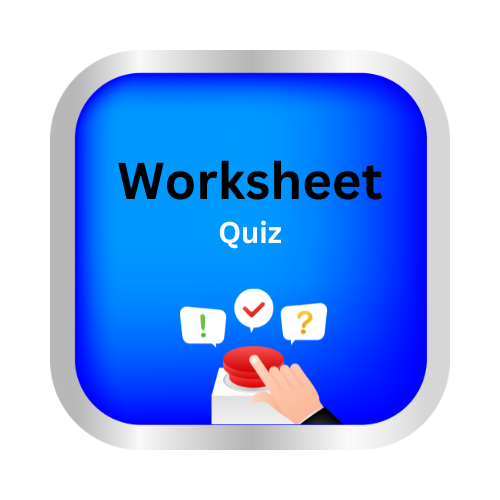Rewrite the sentence in active voice
Key notes:
Understanding Voice:
- Active voice: The subject of the sentence performs the action (e.g., “The teacher explains the lesson”).
- Passive voice: The subject receives the action (e.g., “The lesson is explained by the teacher”).
Identifying Passive Voice:
- Look for sentences where the subject is being acted upon, usually with a form of the verb “to be” (e.g., “was,” “is,” “are”) followed by a past participle (e.g., “explained,” “written”).
- Passive sentences often include the word “by” to show the doer of the action.
Steps to Convert Passive to Active:
- Step 1: Identify the subject performing the action in the passive sentence.
- Step 2: Rearrange the sentence so that the subject comes first and performs the action.
- Step 3: Change the verb form to match the active construction.
- Step 4: Eliminate unnecessary words like “by” unless essential for clarity.
Examples:
- Passive: “The book was read by Sarah.”
- Active: “Sarah read the book.”
- Passive: “The homework is completed by the students.”
- Active: “The students complete the homework.”
Benefits of Using Active Voice:
- Active sentences are generally clearer, more direct, and engaging.
- They often result in shorter, more straightforward sentences.
Practice Exercise:
- Provide several passive voice sentences for students to convert into active voice.
- Encourage students to rewrite sentences while maintaining the original meaning.
Common Mistakes to Avoid:
- Forgetting to shift the verb tense properly when converting from passive to active.
- Omitting or changing the subject of the action.
let’s practice!

